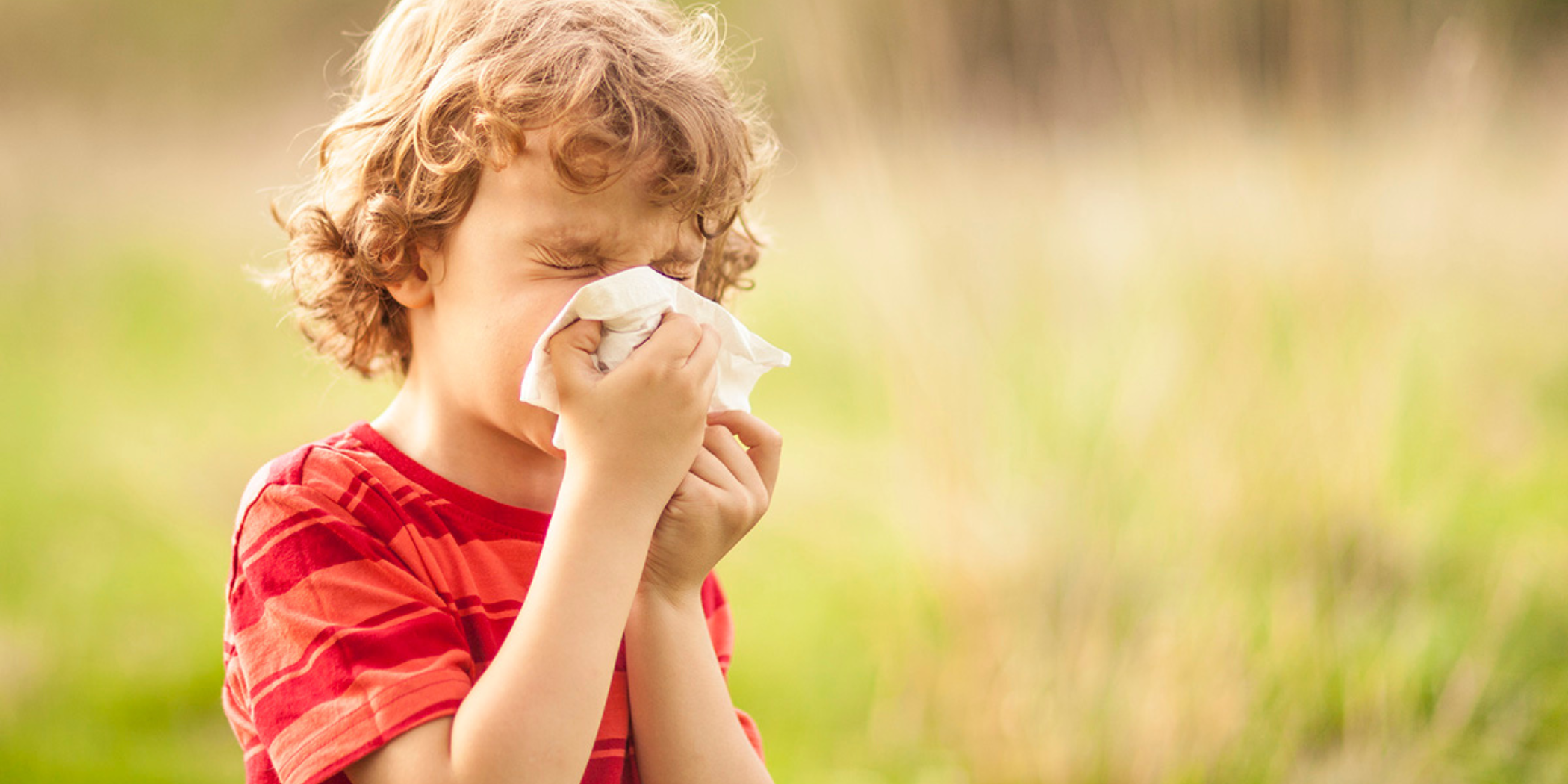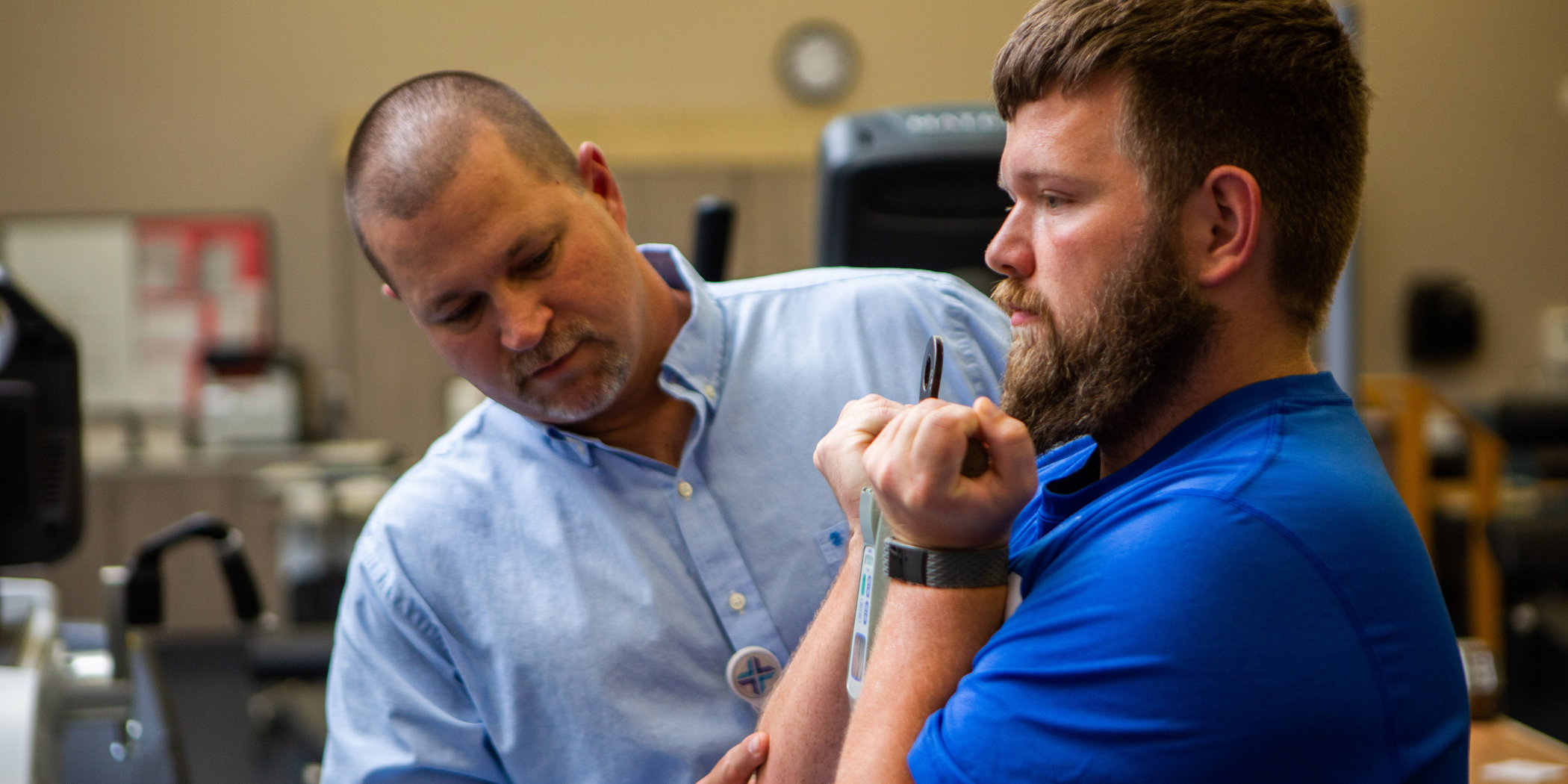
Grab your SPF 40
In the 1920s, fashion designer Coco Chanel got too much sun while on a Mediterranean cruise and inadvertently sparked a new fashion trend: the tan. Prior to this time, sunburns and tans were associated with working outdoors, rather than high fashion.
And while you may be seeking that fashionable tan this summer, this nearly 100-year-old fad should be retired. Your most important fashion accessory should be sunscreen.
While tans are associated with leisure and vacations, a tan or sunburn is an injury to your skin. And each year more than 5.4 million skin cancer cases are treated.
One in five Americans develops skin cancer during their lifetime. Don't become a part of that statistic— learn how to reduce your risk of skin cancer:
- Do not burn. Your risk for melanoma doubles if you have five or more sunburns at any point in your life.
- Do not tan or use UV tanning booths. Tanning booths increase your risk of skin cancer, and also contribute to wrinkles and age spots.
- Cover up with clothing, including a broad-brimmed hat and UV-blocking sunglasses. Clothing can be your most effective form of sun protection.
- Use a broad-spectrum sunscreen with a Sun Protection Factor (SPF) of 40 or higher every 30 minutes.
- Examine your skin head-to-toe every month. If you notice any change in an existing mole or discover a new one that looks suspicious, see a physician immediately.
- Consider genetic components. Those with fair skin, red or blond hair, a family history, or green or blue eyes are at a higher risk.
When should I see a doctor? Here are the signs and symptoms you should look for:
- Any change on the skin, especially in the size or color of a mole or other darkly pigmented growth or spot, or a new growth
- Scaly, oozing, bleeding, or change in the appearance of a bump or nodule
- The spread of pigmentation (color) beyond its border, such as dark coloring that spreads past the edge of a mole or mark
- A change in sensation, itchiness, tenderness or pain
Skin cancer can be found early, and both doctors and patients play important roles in finding skin cancer.












